Anand Goes Hands On with Motorola's Atrix 4G Webtop
by Anand Lal Shimpi on January 7, 2011 5:06 AM ESTToday I was finally able to spend some time with Motorola’s Atrix 4G and its webtop dock. For those of you who don’t know, earlier in the week Motorola announced its first Tegra 2 based smartphone: the Atrix 4G. Motorola later announced another Tegra 2 based smartphone, the Droid Bionic, however the Atrix 4G is its flagship smart/superphone.
Equipped with a full GB of memory and 16GB of NAND, the Tegra 2 based Atrix 4G has one very unique feature: it can be docked into a custom ultra thin notebook chassis and used to drive the notebook. Motorola calls this its webtop dock:
The webtop dock looks like an oddly shaped, ultra thin notebook. The Atrix 4G’s dock remains hidden until you flip it up. Slide the Atrix 4G into place and within several seconds you’ll automatically be dropped into the webdock app:
The webdock app is a unique environment. You get a scaled down version of your smartphone desktop on the left side of the display, while on the right side you get a full fledged Firefox browser compiled for ARM.
Browsing performance isn’t great, but it’s not unusable. The large trackpad supports scrolling with two fingers, or you can tap space to jump down a full page just like you can on a desktop/notebook.
There’s an OS X-like dock along the bottom of the screen that lets you fire up other apps (e.g. file system browser) or switch between open applications. You can also alt+tab between applications. Doing so will bring up an OS X Exposé like screen and not-so-smoothly animate tabbing through windows. It’s not a full blown PC experience, but it is honestly workable.
If there are apps within your phone that you want access to you can simply take the phone window full screen. You can even rotate it without moving the webtop:
Of course in this mode you are simply upscaling the phone’s 960 x 540 resolution to the webtop’s panel resolution (which I believe is either 1280 x 800 or 1366 x 768).
When you’re done with webtop mode, simply close the lid and your phone returns to normal. Motorola saves the state of your webtop so when you dock your phone again you get the exact same windows open as you had previously. Motorola insists that your webtop state is saved regardless of what you do to the phone as long as you don’t remove the battery - implying the webtop state is saved to NAND.
The Atrix 4G will ship with an entertainment center app that can be used in webtop mode. It’ll give you access to all media content on the phone and let you play it back on the webtop (or when used in the media dock and connected to an HDTV). NVIDIA’s Tegra 2 can decode high bitrate 1080p, however I don’t believe it supports decoding high profile H.264 1080p - only main and base profile content. We’re almost at the point where you can play anything on your smartphone, but I suspect it’ll take another two years or so before we are completely there on the high end phones.
Motorola ran through a quick demo of a Citrix app running on the docked Atrix 4G, giving us remote access to a Windows 7 PC on the smartphone powered webtop. The entire solution is clearly very functional, the question is whether or not it’s going to tempt users away from a netbook or other PC solution.
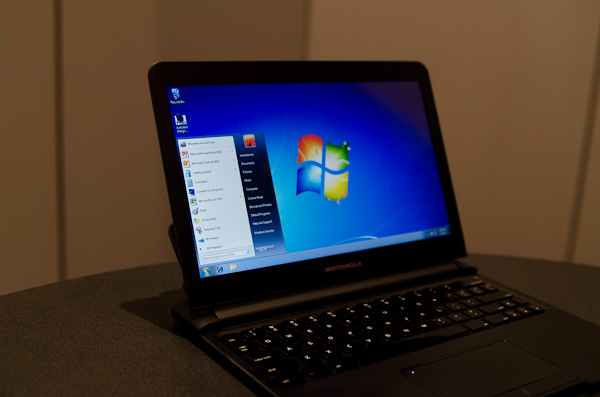
Windows 7 piped over the internet, display and interaction powered by Motorla's Atrix 4G - yep, a smartphone giving you access to a Windows PC
There’s clearly a lot of potential with these ARM based devices and over the next three years we’re going to see them get even more powerful. NVIDIA’s vision is a future where mainstream PCs are smartphones docked (perhaps wirelessly) to larger displays and input devices. Motorola took a major step in that direction at this year’s CES.
Within 24 months we will have quad-core out-of-order ARM based microprocessors in our high end smartphones. If paired with an elegant dock solution that’s affordable, will that be enough to go head to head with a netbook?
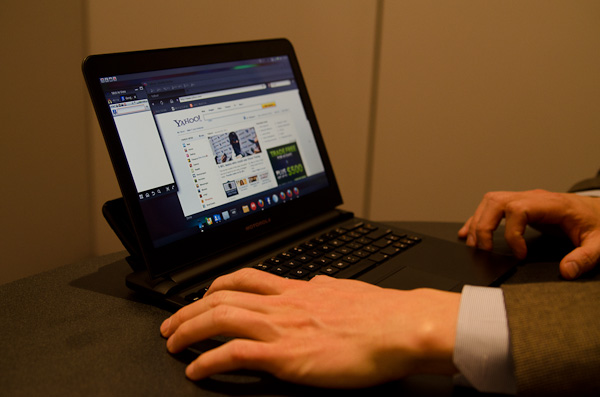
It works! But a Chrome OS Notebook feels quicker, which will win?
Personally I can see it going either way. While the docked smartphone is definitely compelling, one of the major reasons to want to dock a single device and use it in multiple locations is if the content on that device is 1) large, 2) plentiful and 3) difficult to move around otherwise. I’m not sure smartphones today have enough content on them for this to inherently make sense. Now when smartphones ship with 100GB of storage in a few years...
The biggest question in all of this is what happens to Intel and AMD as ARM tries to move up the chain. One thing is for sure, Intel’s Atom strategy, at least today, isn’t aggressive enough. For a company less than a year away from transitioning to 22nm, there’s no excuse for Intel to continue to ship Atom at 45nm.


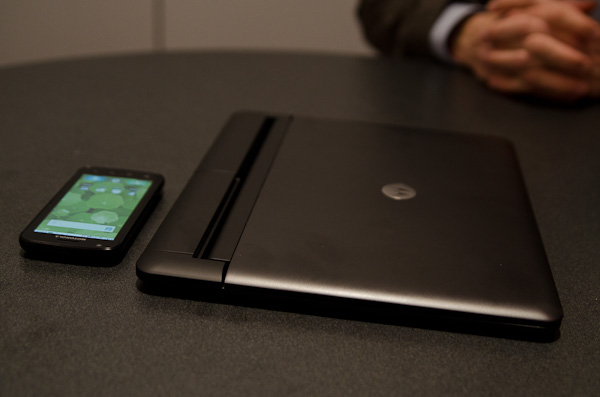
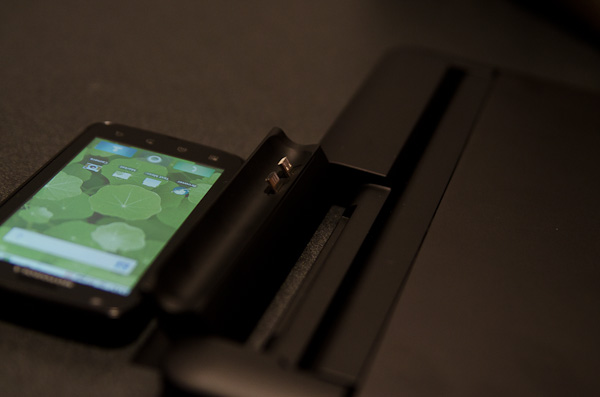
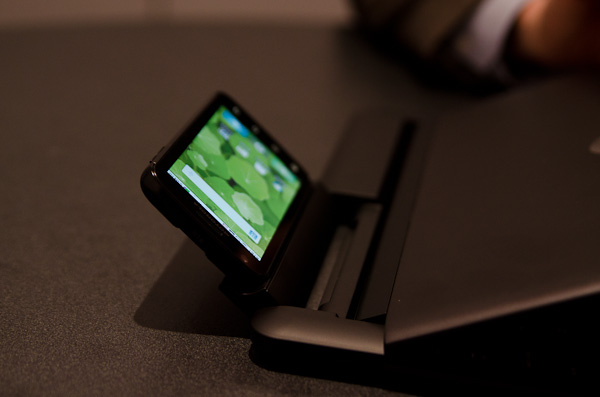
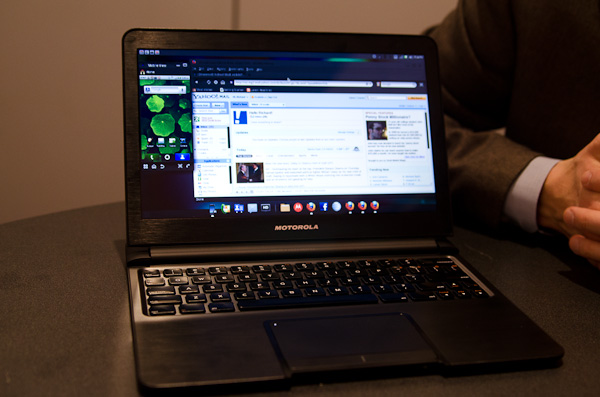
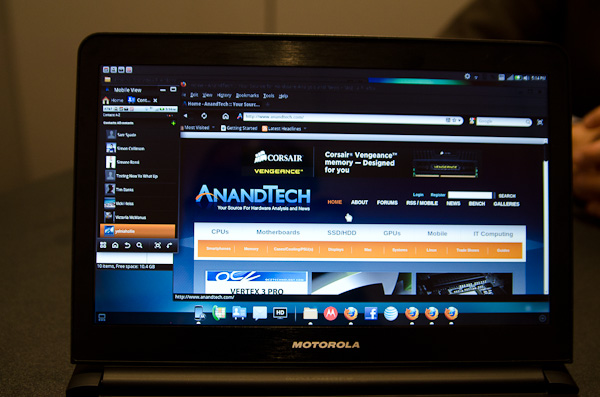
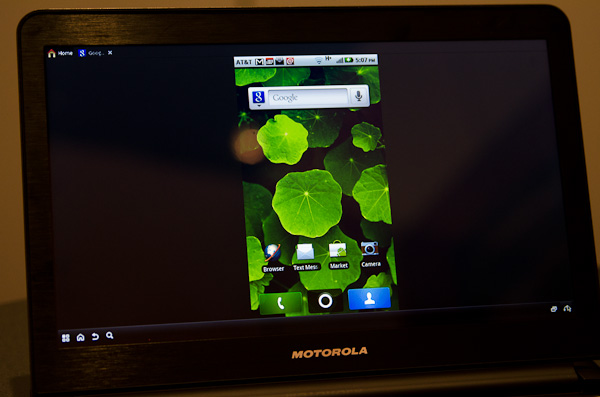
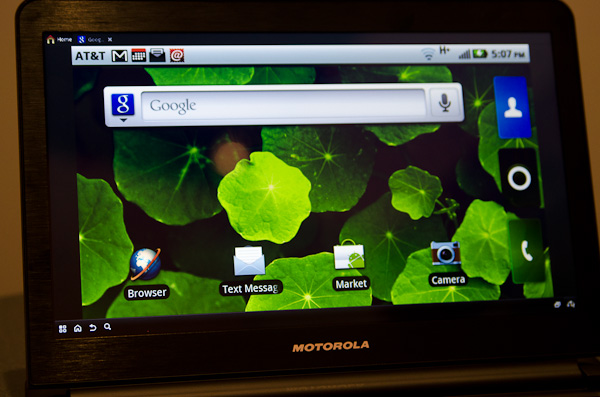
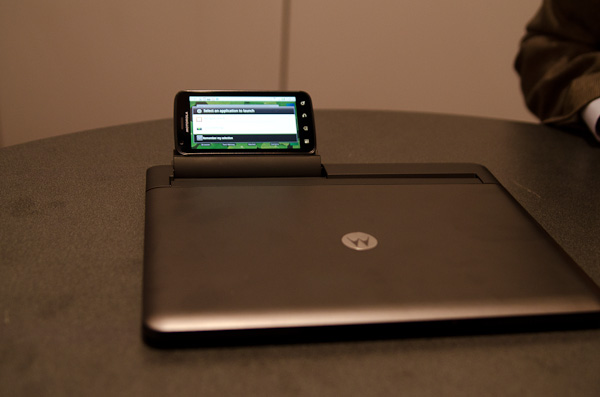
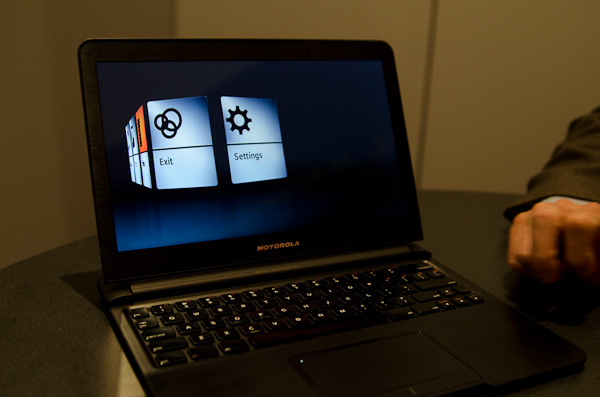








62 Comments
View All Comments
th3pwn3r - Friday, January 7, 2011 - link
Does anyone else think that this defeats the purpose of a portable, smart phone? Hmm....strikeback03 - Friday, January 7, 2011 - link
If you listen to marketing people at least, there are already plenty of users who already carry a phone and a tablet or netbook. So if the webtop dock could be substantially cheaper than those devices for those users it would make sense.zodiacfml - Friday, January 7, 2011 - link
yes, these are quite exciting times...but realistically, how do we integrate everything as to make the system simple especially for the business users. this struck me just now with this Motorola post. attaching the phone on dock makes sense with citrix.i'm quite expecting the vendor who could somehow integrate or make to most of this, will win:
x86, ARM, smartphone, tablets, notebooks, powerful desktops, cloud, work, home, play, virtualization...
TareX - Friday, January 7, 2011 - link
Hey Anand,Any idea how they got the full desktop Firefox to run on the docked Atrix 4G? Is it an emulator? I'm asking because the program was coded for Windows, not Android.
Also, does that mean we'll be able to run the desktop Chrome instead?
has407 - Saturday, January 8, 2011 - link
Interesting question. Blind guess: it's a fairly straight port. FF is multi-platform and they've been working in the mobile space for quite a while. Although the Android version is still beta (and it's v4, Atrix looks like v3.6 or thereabouts), the work goes back a ways; e.g., LiMo of which Moto is also a member as seen with the Razr2.The first question that came to my mind is: Are those dock apps Android, or running next to it on a different non-Android stack? The Cortex A9 offers a couple options for how they might run dual (or more) stacks rather than stuffing everything into Android (e.g., ASMP or virtualization). The latter allows for some very interesting possibilities. Probably wishful thinking on my part and a bit too bleeding edge today; maybe some day.
TareX - Sunday, January 9, 2011 - link
I read some chatter online that suggests that it's a Debian app...has407 - Sunday, January 9, 2011 - link
Thanks. Yes, the "Debian-based webtop interface" mentioned on a couple stes suggests more than simply a FF browser. The question: What's the difference between the "FF/webtop interface", "Debian-based webtop interface" and "Debian [Linux]"?MotoDev references "Developing for the Webtop Application" and not, e.g., "Developing for the [Debian] webtop interface", so it's still clear as mud to me as to what it is. Am I working in some sort of weird or constrained Moto-specific FF/webtop environment (bad IMHO), or a more general, substantive and unconstrained Linux/Debian environment (good IMHO)?
The difference is going to matter a lot in terms of acceptance and support from the open source community. If it's an odd/closed Moto-specific distro, then I'll likely pass (as will most IMHO); else I think Moto will get a lot of support. Maybe some dev's with access to MotoDev can weigh in (without violating NDA of course)?
tumbleweed - Friday, January 7, 2011 - link
Make the docked smartphone act as the trackpad for the computer.The problem with both these methods is - what if you want to use your handset while you're using the computer?
TareX - Friday, January 7, 2011 - link
About the lack of content... well in 32GBs, you can fit in 13 720p HD movies.... which is quite a lot of movies.I'd say you'll put all your music... (3GB?)
7 720p HD movies (15 GB)
4 full 480p sitcom seasons (12 GBs)
...which seams like enough content...
cfaalm - Friday, January 7, 2011 - link
"The biggest question in all of this is what happens to Intel and AMD as ARM tries to move up the chain. One thing is for sure, Intel’s Atom strategy, at least today, isn’t aggressive enough. For a company less than a year away from transitioning to 22nm, there’s no excuse for Intel to continue to ship Atom at 45nm."That would be partly due to Intels ambigious stance on Atom. Technically they should have been shipping it at 32nm by now, but the product took a backseat. AMD must realize that Bobcat should evolve from where it is now to keep up with ARM-based SoCs. AMD has predicted heterogenous cores for the future, much like NVIDIA, so my guess is they know what to do.